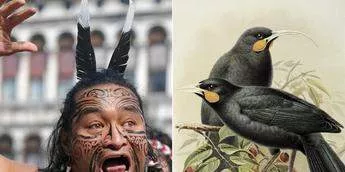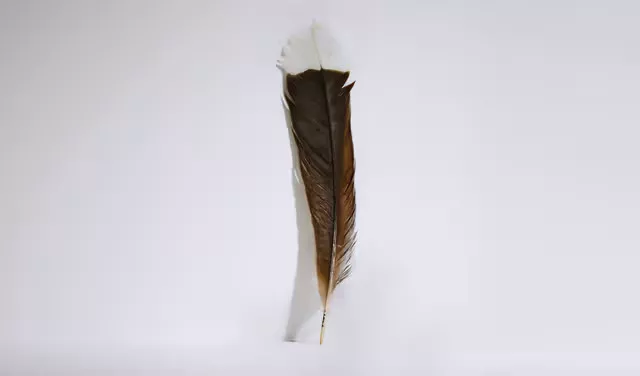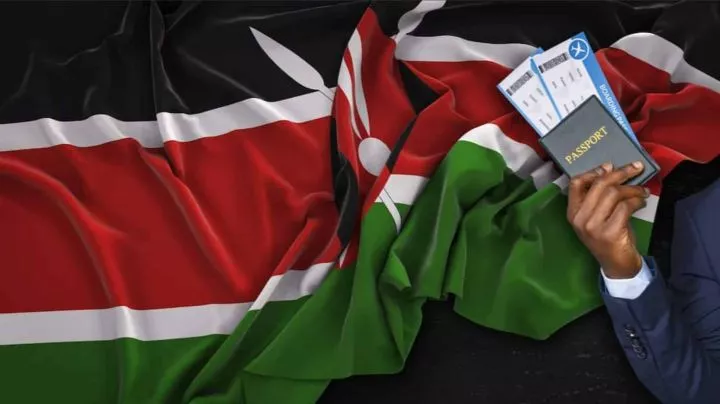
A single feather of an extinct bird was auctioned off in New Zealand on Monday for about NZ$46,521, or about $28,000, making it the most expensive feather ever sold worldwide.
A feather of the extinct huia songbird just sold in New Zealand for about $28,000.
That makes it worth about $3,153 per gram, or 40 times as much as gold's $77 per gram in New Zealand.
The huia's plumes are sacred to the Mori people and were worn by those of high status.
The feather of the huia, a songbird native to New Zealand's North Island, is sacred to the Mori people and was worn by elite chiefs, per the New Zealand Geographic.
But the bird has been extinct for over a century, with its last sighting in 1907.
The huia feather sold at Webb's Auction House in Auckland was initially estimated to be worth around $1,830, but its sale price ballooned after 59 bids.

As noted by The Guardian, its final price of $28,000 makes it worth more by weight than gold. Gold costs around $77 per gram in New Zealand, and the 9-gram huia feather is worth $3,153 per gram.
In 2010, another huia feather was sold for about $4,400.
The feather sold on Monday is framed under protective glass and is classified by the New Zealand government as a Y-registered object. Such items can only be purchased by registered collectors in New Zealand and cannot leave the country without permission.
Dark brown with a white tip, the huia feather was highly valuable in Mori societies and sometimes used in trade or as a gift.
As New Zealand Geographic puts it:
Of all Tane's children, the huia was the most sacred to Mori. Other birds, such as the ktuku (white heron) and amokura (red-tailed tropic bird) were also prized for their plumes, but huia was pre-eminent. In pre-European times, only chiefs of high rank and their whnau wore the distinguished tail feathers in their hair.
These birds were typically found in pairs in New Zealand's forests and were understood to bond for life, with males and females working in tandem with their differently shaped beaks to feed on insects in trees.
According to New Zealand Geographic, a Mori method of catching a huia was to mimic the bird's call, snare one, and then wait for the other to arrive after it hears its mate's cries.
Habitat loss and capturing of the huai in pre-colonial times contributed to some population loss, per the magazine. Deforestation and systemic hunting by European naturalists and traders exacerbated the bird's decline as its feather became a fashion accessory in the 19th century.
Despite efforts in 1892 to make the huia a protected species, the bird is thought to have gone extinct in the early 20th century.
The huia feather sale comes as auctions draw attention largely from sports and celebrity memorabilia sold at once-seemingly outlandish prices. The famed "Hand of God" jersey worn by soccer legend Diego Maradona, for example, sold in 2022 for $5 million.

















Comments